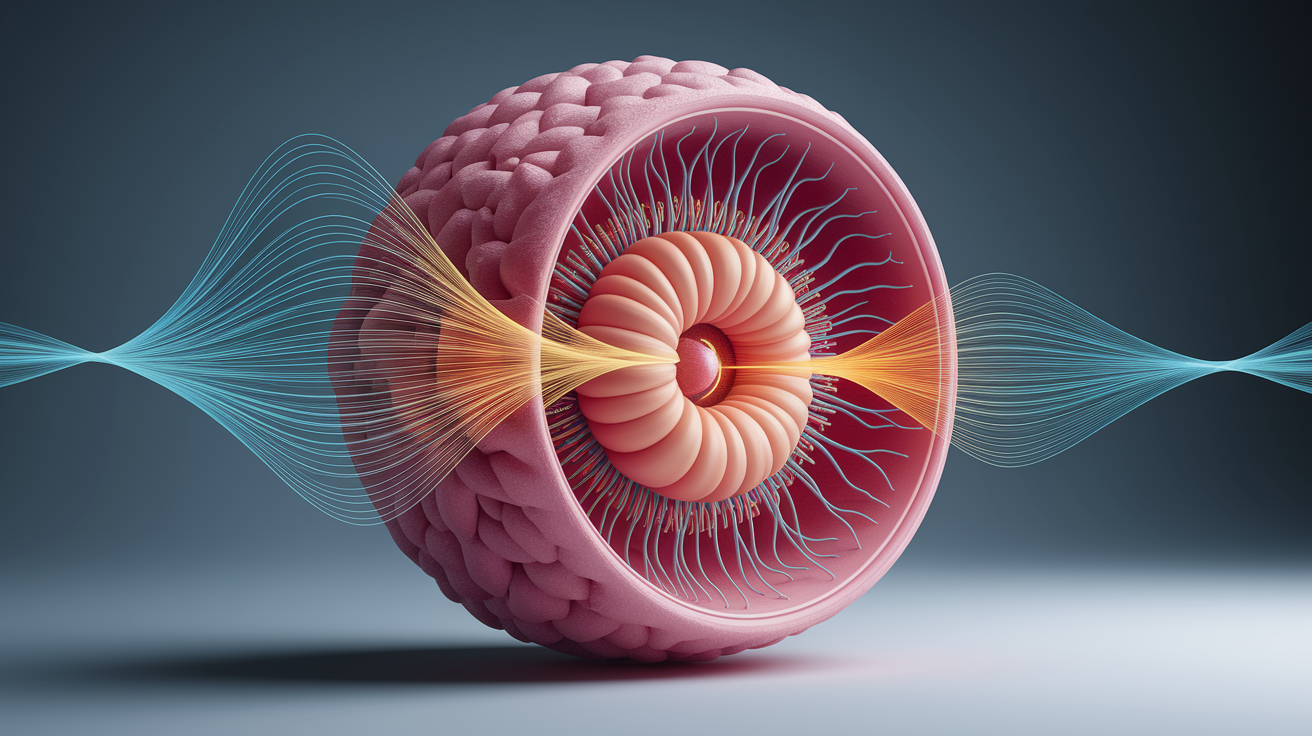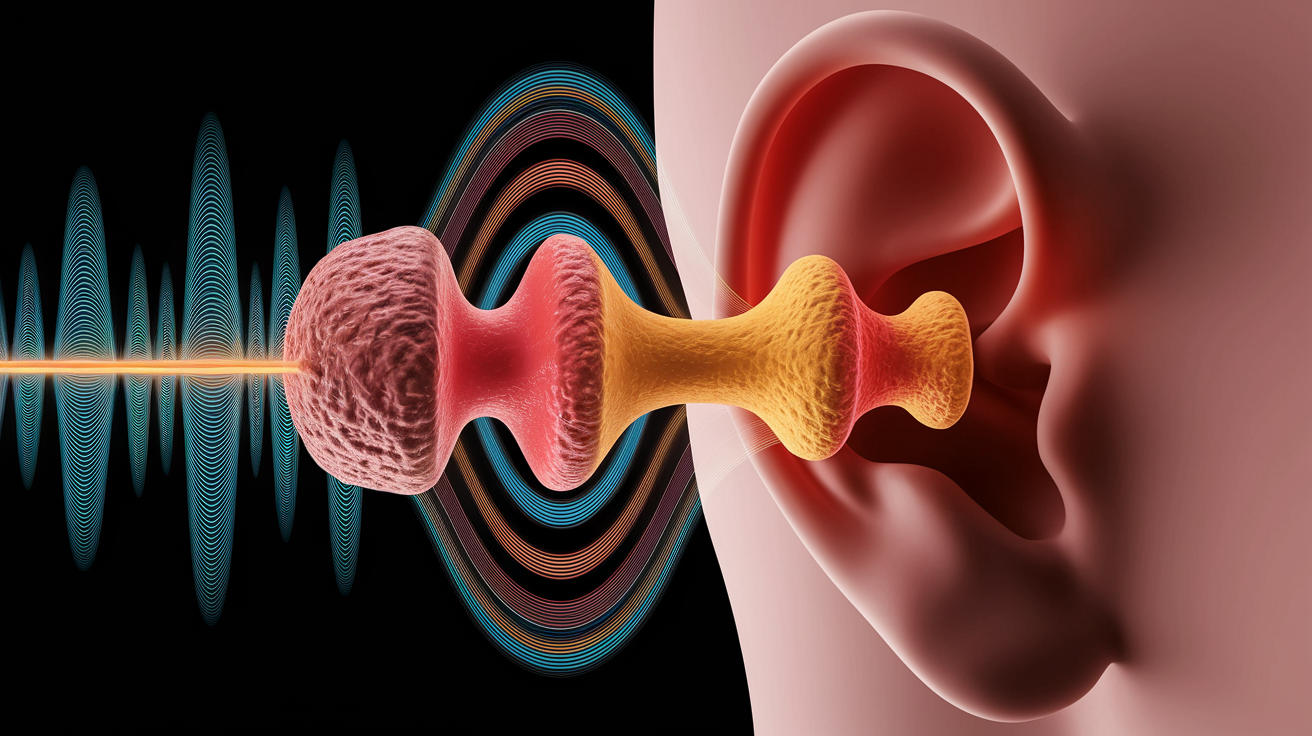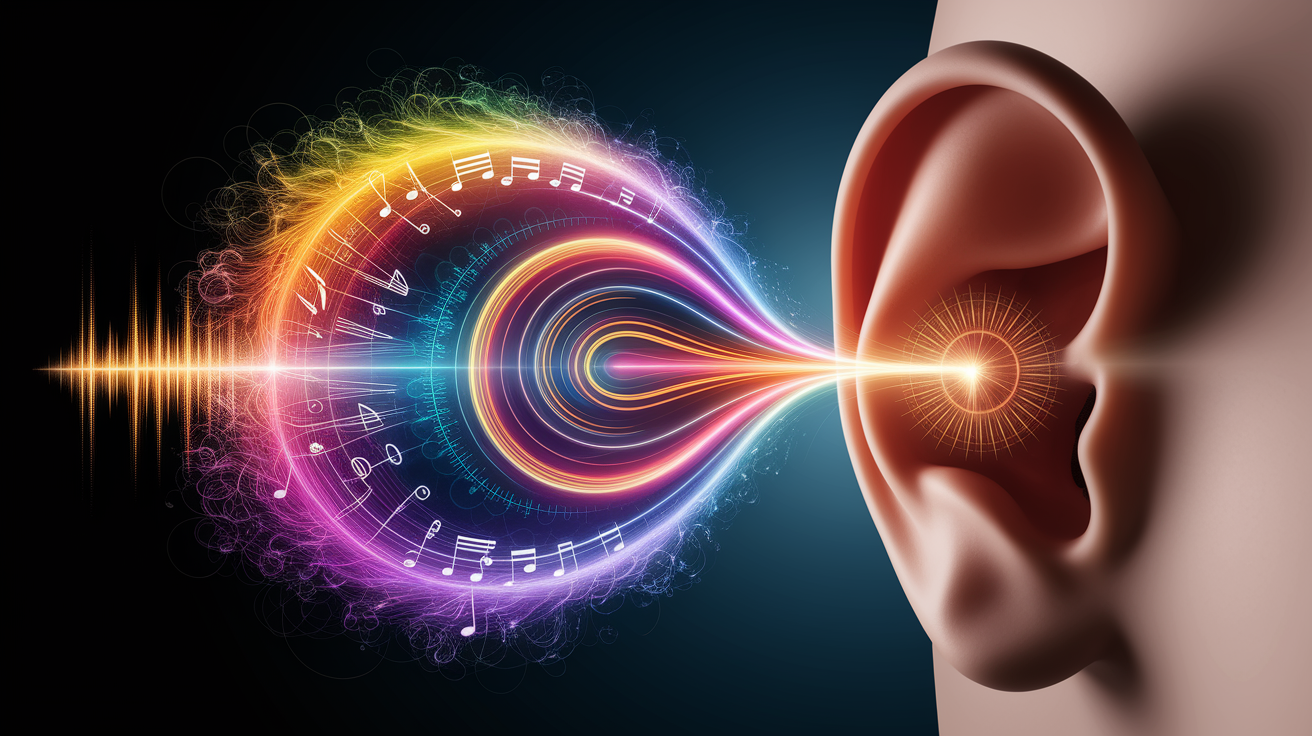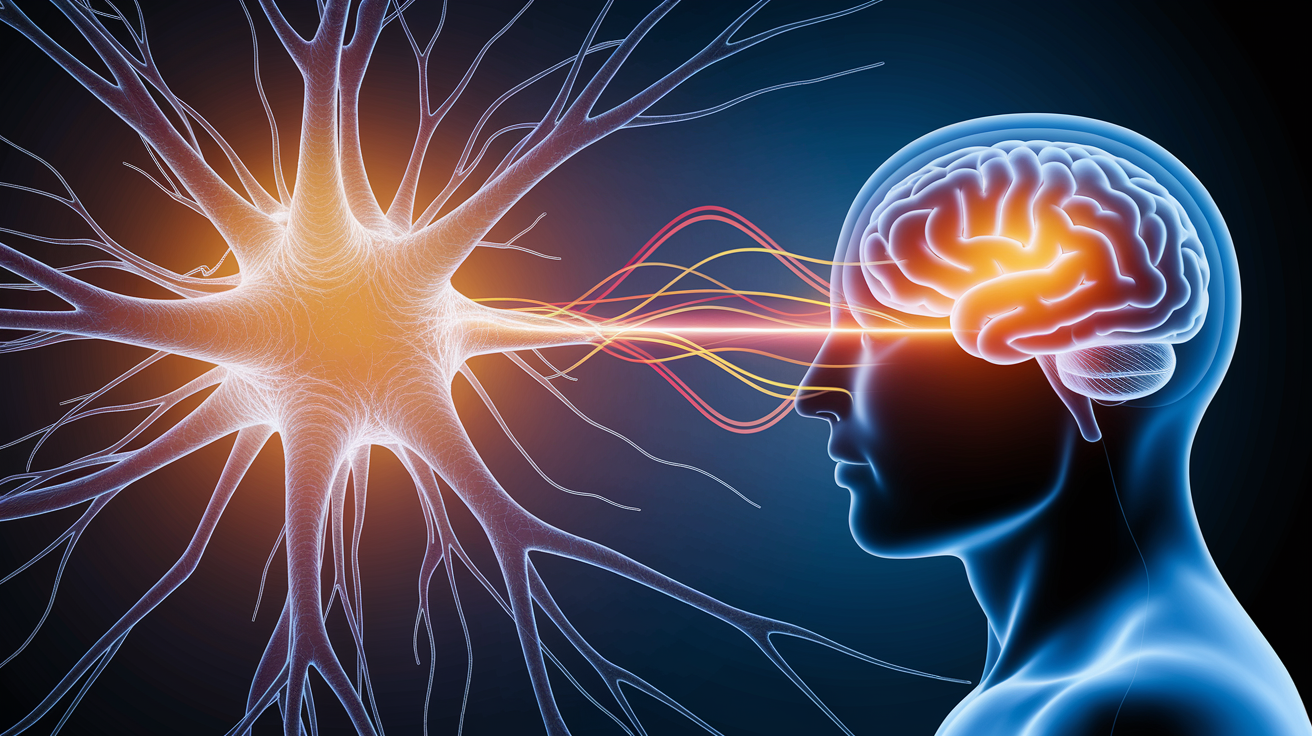Quick Answer: Our ears act like a finely tuned relay system—collecting sound waves, converting them into vibrations, transforming those vibrations into electrical messages, and sending them to the brain for interpretation. In just fractions of a second, this incredible process lets us enjoy music, understand speech, and notice the world around us.
Let the Show Begin: A Sound’s Journey into Your Ear
Every sound you hear starts as a vibration in the air, also known as a sound wave. These waves are patterns of air pressure that travel outward from their source. As they reach you, your auditory system begins working instantly to process the information. Think of it like a multi-stage performance where each part of the ear plays its role, passing the signal on for the next act until the “grand finale”—your brain’s perception of the sound.

Collecting Sounds with the Outer Ear
The outer ear is your personal sound collector. It includes:

- Pinna: The visible part of your ear that funnels sound waves toward the ear canal.
- Ear canal: A small tunnel that channels sound waves to the tympanic membrane, also known as the eardrum.
When sound waves enter the ear canal, they cause the eardrum to vibrate, marking the official start of the hearing mechanism.
Amplifying Vibrations in the Middle Ear
Behind the eardrum lies the middle ear, a tiny but mighty sound amplifier. Here you’ll find the three smallest bones in the human body, known collectively as the ossicles:

- Malleus (hammer)
- Incus (anvil)
- Stapes (stirrup)
These bones pass the eardrum’s vibrations along while boosting their strength. Imagine them as a set of tiny levers, designed perfectly for precision work—delivering the mechanical energy deeper into the ear’s inner chamber.
Converting Vibrations in the Inner Ear
Next stop: the inner ear, home to the cochlea. This is a spiral, fluid-filled chamber that converts mechanical vibrations into electrical signals your brain can use. Inside the cochlea sits the basilar membrane, lined with hair cells—not the hair on your head, but microscopic sensory structures topped with stereocilia.

When the stapes sends vibrations into the cochlear fluid, they create ripples along the basilar membrane. Different spots on this membrane respond to different sound frequencies:
- Wide end (base) = high-pitched sounds
- Narrow end (apex) = low-pitched sounds
As stereocilia bend, they open ion channels in the hair cells, converting these movements into tiny bursts of electrical energy. This step is how raw sound becomes a code the brain understands.
Sending Signals to the Brain
The newly created electrical signals travel through the auditory nerve to the brainstem, then up to the auditory cortex in the brain. Along this auditory pathway, the signals are decoded so you can recognize pitch, loudness, tone, and even the direction a sound came from—known as sound localization.

It’s like a sophisticated decoding center that can tell the difference between a friend’s voice in a crowd and the sound of a distant car horn.
The Last Note: Summing Up How We Hear
Your ears aren’t just passive receivers—they work as a coordinated system for precise sound detection and interpretation. From the outer ear’s role as a collector, to the middle ear’s mechanical amplification, to the inner ear’s transformation of vibrations into signals, each step is essential for sound perception. Finally, your brain turns those signals into the rich tapestry of sounds you experience every moment.
So, next time you enjoy music or hear laughter, remember—the journey of that sound was an extraordinary, split-second odyssey through one of your body’s most fascinating systems.











